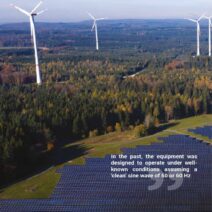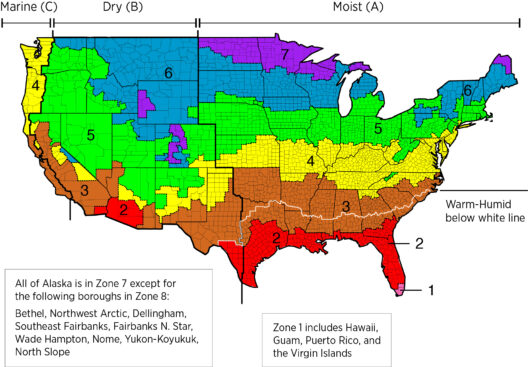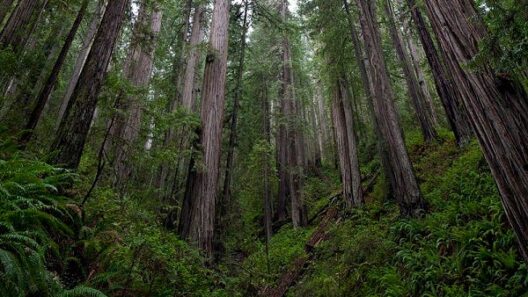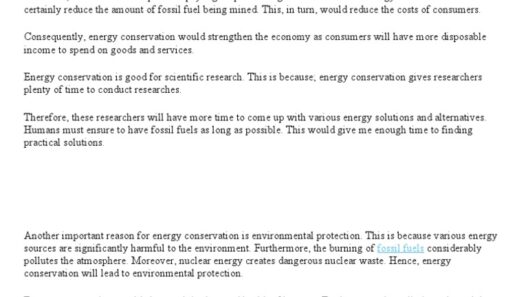Understanding the conservation of energy is not merely an academic endeavor; it represents a foundational cornerstone of physics that elucidates countless phenomena in our universe. The adage “energy is conserved” is often recited in scientific circles, yet its implications extend far beyond the confines of theoretical equations. To grasp this profound statement, one must navigate through various aspects of energy conservation, its implications in both closed and open systems, and the philosophical underpinnings that anchor this concept in reality.
1. Defining Energy Conservation
At its core, the principle of energy conservation states that energy cannot be created or destroyed; it can only be transferred or transformed from one form to another. This principle essentially communicates that the total energy within an isolated system remains constant over time. For instance, in a pendulum, potential energy (due to height) converts into kinetic energy (due to motion) and vice versa. The sum of these energy forms remains unchanged throughout the pendulum’s swing. Understanding this transformation can invoke a sense of wonder—how the universe orchestrates a seamless symphony of energy forms.
2. Historical Context
The roots of energy conservation delve into the annals of physics, tracing back to the works of early scientists such as Galileo, Newton, and later, the formulation of thermodynamics in the 19th century. The first law of thermodynamics, a statement of energy conservation in thermodynamic systems, formalized these concepts. The historical aspect reveals how a coherent narrative emerged: from empirical observations to theoretical frameworks, scientists have continuously expanded upon these foundational ideas, underpinning modern science with a robust understanding of energy’s nature.
3. The Forms of Energy
Energy manifests in various forms: kinetic, potential, thermal, chemical, electrical, and nuclear, to name a few. Each form plays a pivotal role in natural processes. For instance, in photosynthesis, plants convert solar energy into chemical energy, which sustains life on Earth. The transformation across these domains not only illustrates the conservation of energy but also reflects the intricacies of ecosystem dynamics. Energy transitions are ubiquitous in everyday life, linking disparate phenomena in ways that evoke awe and curiosity.
4. Closed and Open Systems
A nuanced understanding of energy conservation requires distinguishing between closed and open systems. A closed system, like an insulated container of gas, allows the conservation principle to shine brightly—no energy enters or exits. Conversely, open systems interact with their environment. For example, a car engine, which allows fuel to enter and exhaust to exit, adheres to energy conservation while releasing waste energy in the form of heat. Through this lens, one can appreciate the delicate balance in energy exchanges that govern the laws of thermodynamics.
5. Quantum Mechanics and Energy
Delving into the realm of quantum mechanics introduces intriguing complexities to the conservation principle. At microscopic scales, energy states of particles can undergo fluctuations, leading to phenomena such as quantum tunneling, where particles transition over energy barriers they seemingly cannot surpass. This apparent discrepancy invites further exploration into foundational questions about the nature of reality itself. Does energy conservation hold in all scenarios, or does quantum behavior suggest deeper mechanisms at play? Such inquiries mirror humanity’s perennial fascination with the very fabric of existence.
6. Practical Implications
The consequences of energy conservation extend far beyond theoretical musings; they have substantive implications for technology, sustainability, and environmental stewardship. The development of renewable energy sources hinges on the ability to convert energy efficiently. Solar panels transform sunlight into electrical energy, encapsulating the conservation principle while enabling cleaner alternatives to fossil fuels. This connection between conservation and sustainability highlights imperative responsibilities facing societies in the context of climate change and ecological degradation.
7. Societal Resonance and Future Directions
Understanding energy conservation resonates profoundly in contemporary society. As energy consumption continues to skyrocket globally, individuals and nations must internalize this principle to navigate towards sustainable futures. The allure of conservation resonates through discussions about energy efficiency and innovative technologies aimed at reducing waste. The interplay between energy, society, and the environment is fraught with challenges; educating and engaging individuals on the nuances of energy conservation is crucial as we face the realities of dwindling resources and ecological upheaval.
8. Philosophical Perspectives
Beyond the measurable phenomena, energy conservation invites philosophical contemplation. It prompts reflections on interconnectedness—how all entities within the universe interact, influence, and affect one another. The immutability of energy reminds us that while forms may change, the fundamental essence remains. This understanding can foster humility, acknowledging humanity’s place within the grand tapestry of existence, wherein each action ripples through interconnected systems.
Conclusion
Cognizance of energy conservation dovetails seamlessly with a profound realization: understanding the universe’s mechanics provides clarity and responsibility. Recognizing that energy is conserved encourages individuals to ponder their own energy consumption, promoting an ethic of sustainability that harmonizes with ecological integrity. As we delve into the intricacies of energy forms, systems, and the philosophical implications tied to conservation, we not only enrich our intellectual understanding but also forge a path toward a more sustainable and conscientious future.








